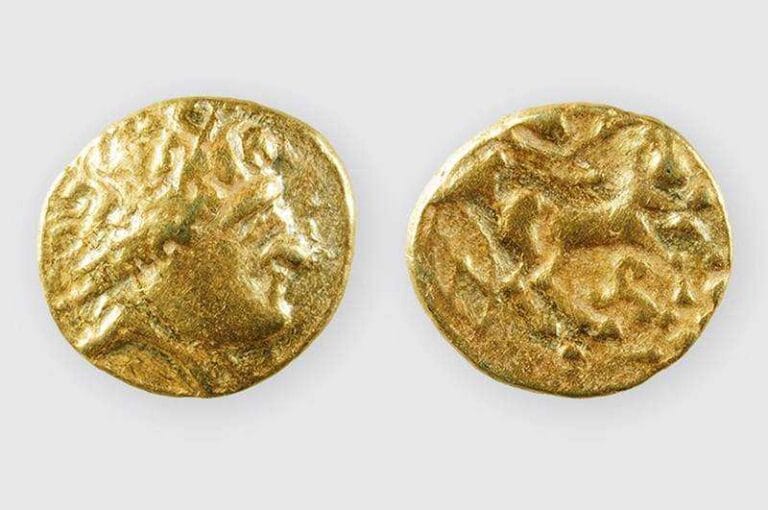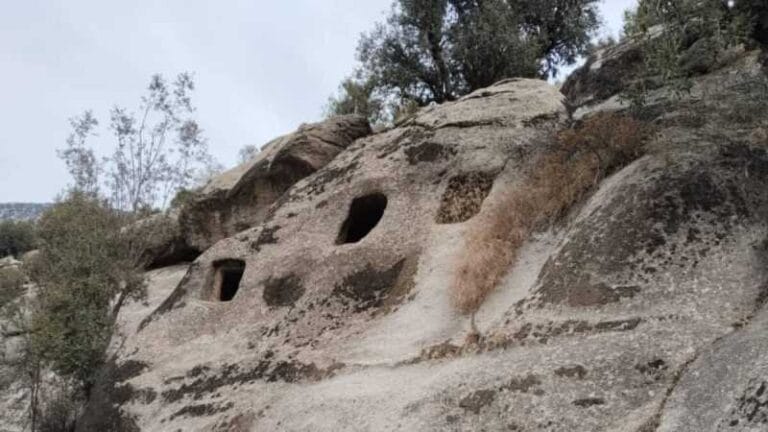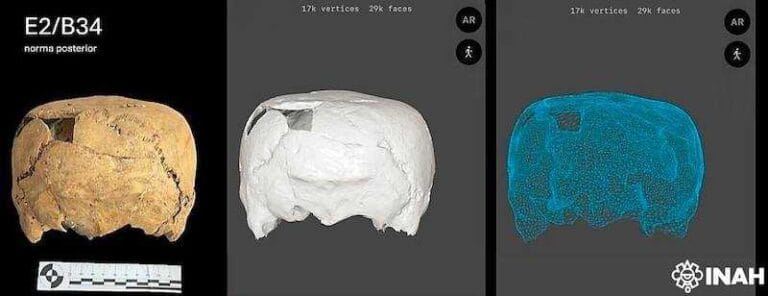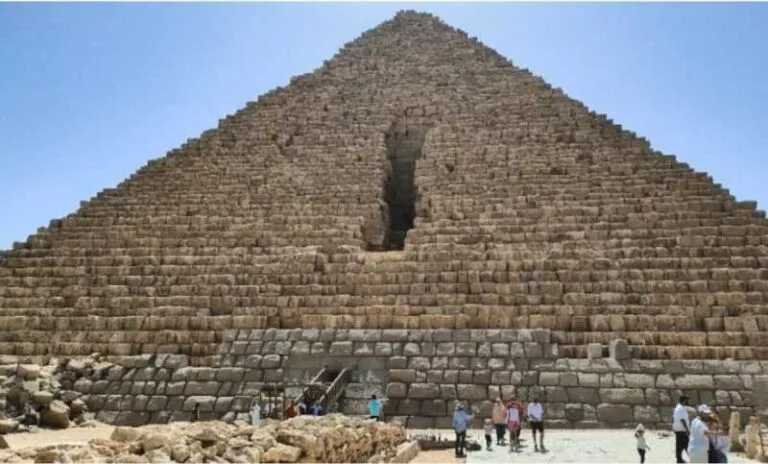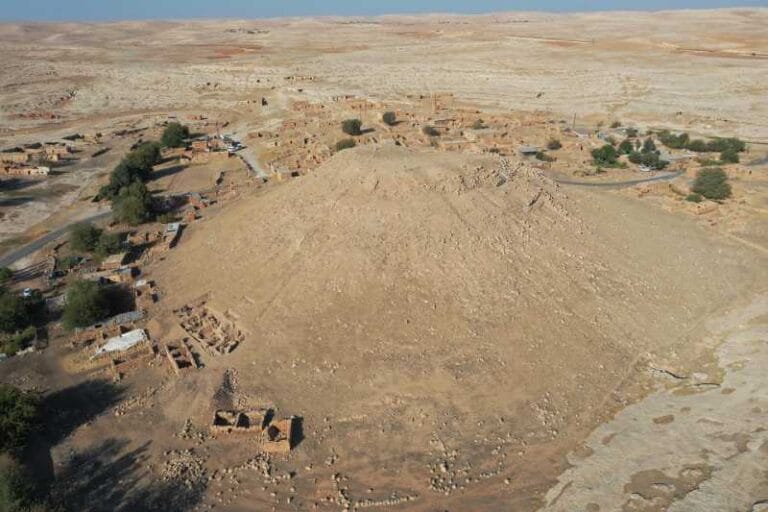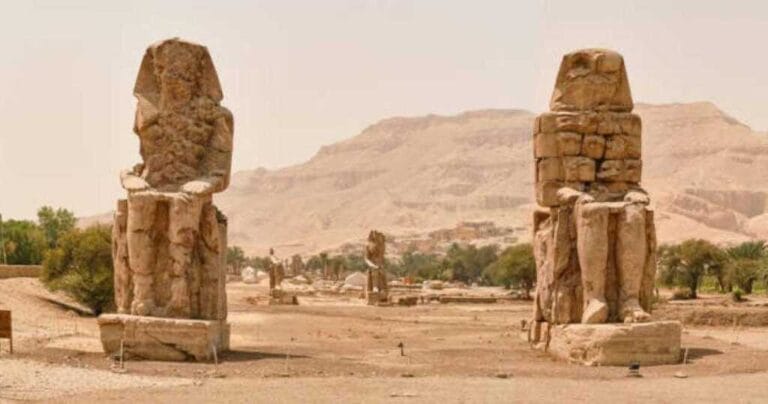Ancient weapon rooms discovered in Türkiye

Archaeologists excavating the ancient Ayanis Fortress in eastern Turkey have just uncovered new rooms filled with ancient weapons associated with the worship of the war god Haldi. Located on a hill overlooking Lake Van, the archaeological site has been continuously explored for over three decades, and the recent findings were reported by Türkiye Today.
The new discoveries were made in the northern rooms of the temple complex, where weapons linked to the supreme deity of the Kingdom of Urartu had already been found in 2024. The archaeological project continues under the supervision of Türkiye’s Ministry of Culture and Tourism.
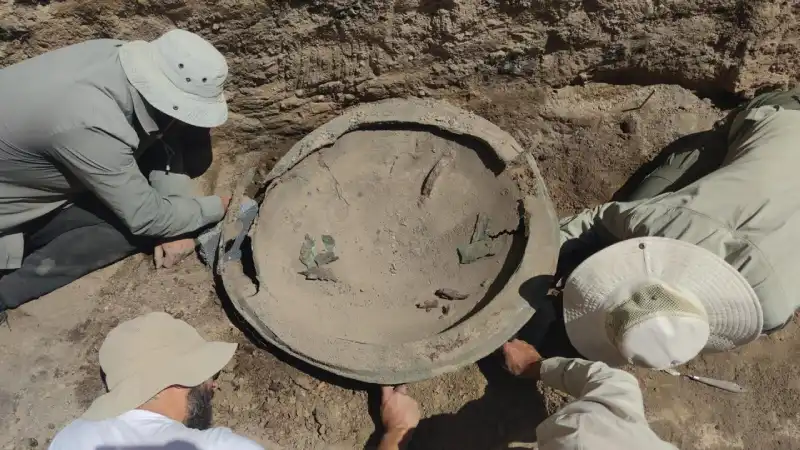
Among the unearthed items are three bronze shields and a helmet, possibly belonging to the ruling elite of the Urartians. According to experts, the temple was a fundamental part of the last major construction of the Kingdom of Urartu, built by order of King Rusa II.
Fortress impresses with its state of preservation
The team, led by Professor Mehmet Işıkli from Atatürk University, is made up of 25 specialists, including archaeologists, anthropologists, urban planners, art historians, and conservators. They focus their efforts on uncovering the secrets of the temple dedicated to Haldi, especially in the northern sector’s chambers.
Professor Işıkli emphasized the architectural importance of the site. “The Ayanis Fortress is the Urartians’ last great work and has been under continuous excavation for 36 years,” he said. For him, the temple is “the jewel” of the fortress, calling it “the most striking element” and even referring to it as a “nazar boncuğu,” a Turkish expression for the amulet against the evil eye.

Traces Indicate Ceremonial and Royal Use
The recent discoveries suggest that the rooms served ceremonial purposes or were directly connected to the royalty. Besides the weapons, archaeologists identified two doors, fragments of pottery, and a large clay basin, possibly used for storage.
“We are still on the ground floor of the first room. It is a monumental structure, with remains of three floors. The walls are up to three meters thick and made of adobe bricks,” explained Işıkli.
He also commented on the complexity of the site: “We found two doors, but we still don’t know where they lead. The excavations will tell us more.”
Among the findings, archaeologists also identified signs of a large fire, charred human bones, bronze and iron objects, inscribed documents, and official seals, reinforcing the idea that this was a space reserved for high-level political and religious functions.
Excavations Progress with a Focus on Preservation
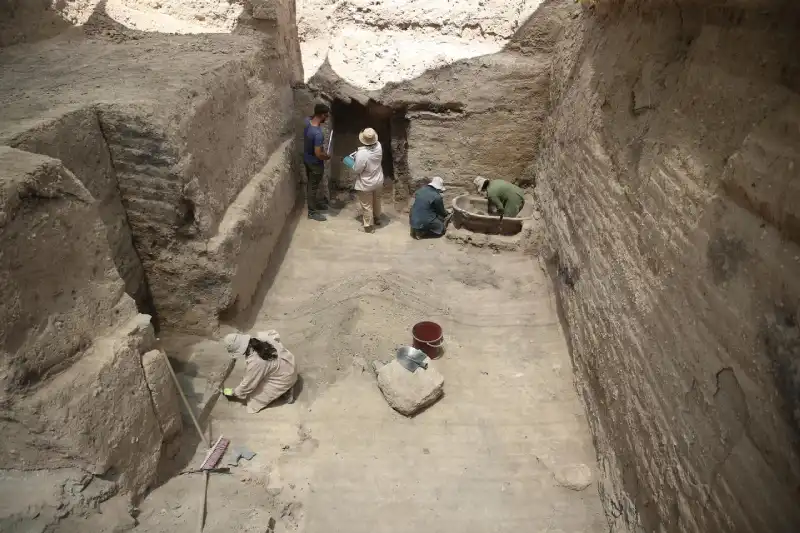
According to Işıkli, the current excavation season began with a cautious cleaning process before moving on to the deeper layers. He emphasized that the team has focused their efforts on this specific area for the past four years, always prioritizing conservation.
The professor also highlighted the skill of the ancient Urartian builders. “They were masters of both adobe and stone architecture. The interconnected spaces they constructed are a testament to their engineering capabilities,” he stated.
The ultimate goal is to fully uncover the temple complex and, in the future, open the site to the public, offering a rare opportunity to experience the religious and political center of one of the most powerful civilizations of ancient Anatolia.

